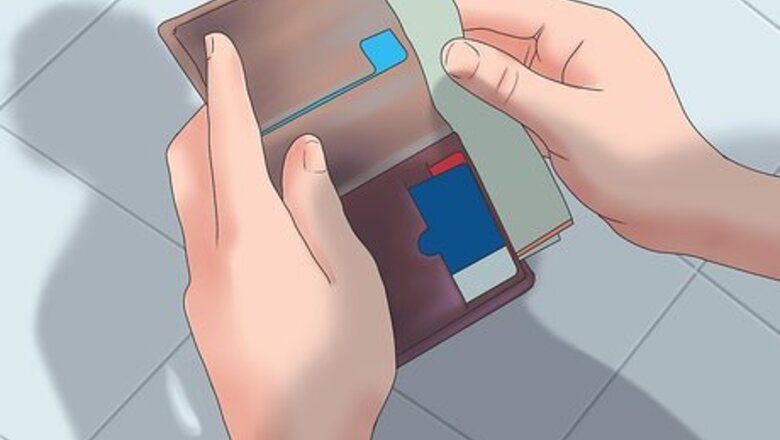
views
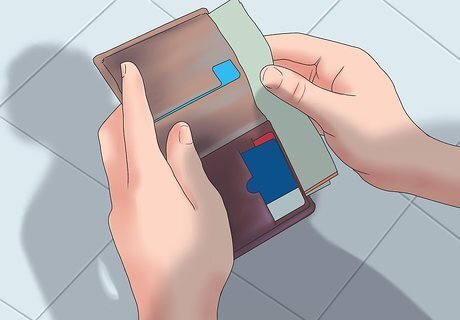
Decide how much you want to charge your consignors for selling their items. In general, the going rate for eBay consignment is 20 to 40 percent of the end sale price. The price you charge the consignor should be enough to cover your fees and still provide enough profit for you to be worth your time.
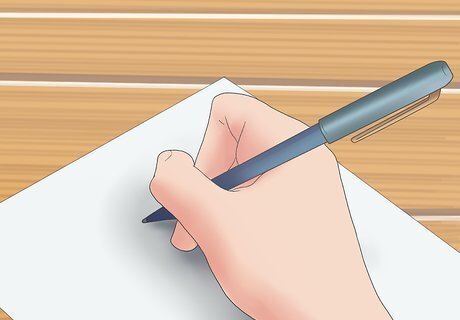
Draw up a contract outlining the terms of your consignment sales. Be sure to include all fees that apply to the sale, what is to be done with merchandise that does not sell, and when and how the proceeds from the sale will be given to the consignor.
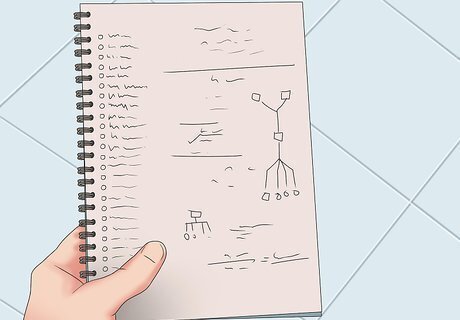
Keep accurate records of your consignment sales. When selling consignment for others, the money paid to your consignors comes off of your profit the same way that you would subtract product costs if you were selling items you purchased for resale.
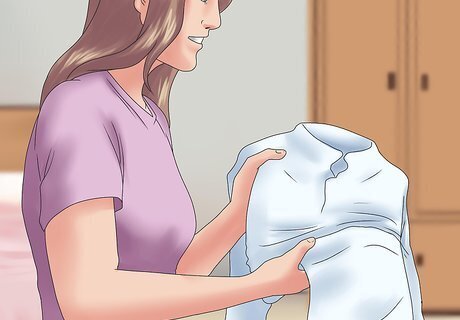
Start with friends and family members to find items to consign on eBay. It is always best if you can get experience working with people you know before growing your business.

Grow your business through word of mouth and referrals. A satisfied consignor will tell others about your service, helping your business to grow.

Place classified ads, hang fliers in local businesses and hand out business cards to help your consignment business grow quickly.
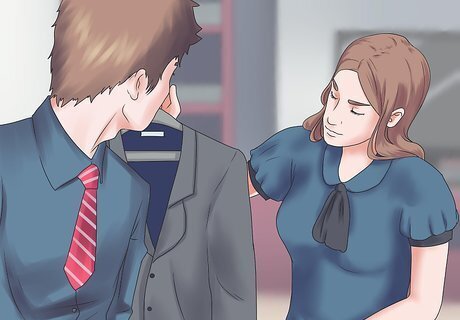
Go to a consignor's house to look at her merchandise when a call comes in requesting your services.

Search for the items on eBay to determine if there is a market if you are not sure if an item has one. A search of eBay closed auctions provides a more accurate look at the market, because auction-style selling often brings bid activity at the end of the auction. Taking items on consignment that do not have an eBay market is a waste of time, and in most cases you will be out the eBay listing fees. In most consignment situations there is no cost to the consignor if the item doesn't sell.

Take the items to your house for listing on eBay if you offer a full consignment service meaning you list the item, collect the payment and ship the merchandise. Alternatively, some sellers offer only an eBay listing service and do not ship the merchandise to the customer. If you run your consignment business that way, leave the items with the owner. Note: This is a very dangerous way to do business. If the owner fails to ship timely, you get the negative feedback and the shipping defect. If you are not taking the item to your house for listing, you must take pictures of the merchandise at the consignor's house. Also record all necessary information, including dimensions, weight, condition and anything else you need to know when listing an item.
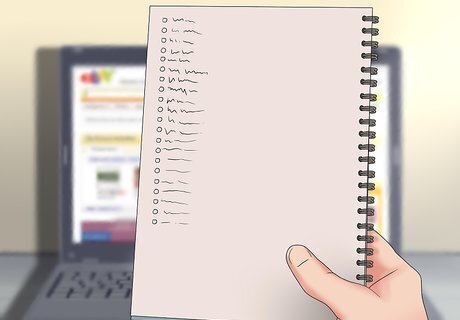
List the consigned merchandise on eBay the same way that you would when listing items you own for sale.
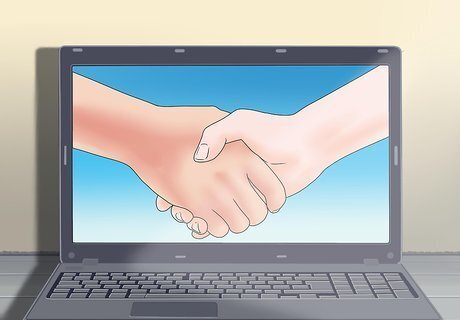
Complete the sale and ship the merchandise to the customer.
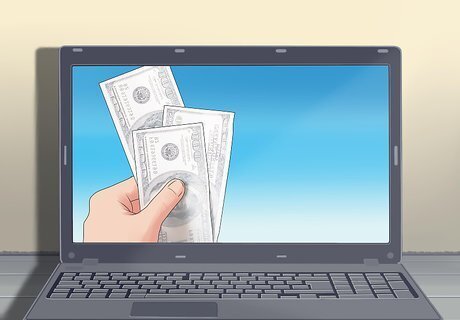
Pay the consignor his proceeds. The amount of time you wait before paying consignors is affected by a number of variables, including the payment methods you accept and your stated return policy, among other things. Make sure the transaction is completed to the customer's satisfaction before paying the consignor. Note that PayPal allows buyers 6 months to file a claim.

Consider opening a storefront with a drop-off location for consigned merchandise as your business grows. This will allow you to handle more consignors without the travel time and expense of going to their homes.




















Comments
0 comment